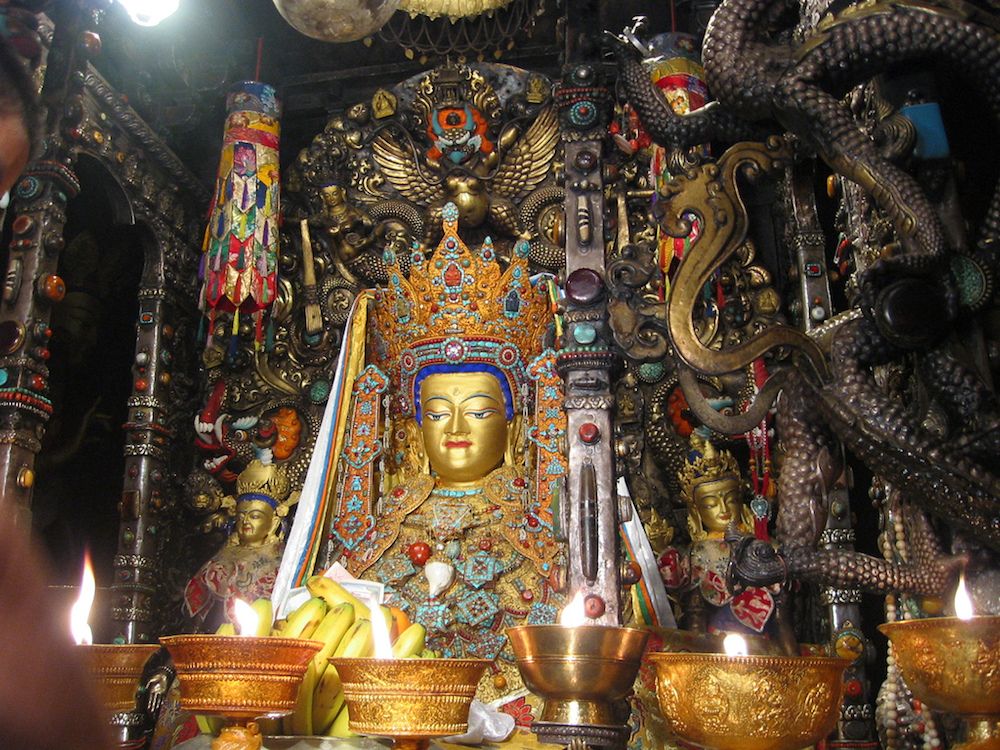Charly Castillo
AP Art History 🖼
34 resourcesSee Units
Central Asia
Buddhas of Bamiyan

Image Courtesy of Wikipedia (CC BY 4.0)
Form
- Cut rock with plaster and paint, which has since worn away.
Function
- The Buddhas of Bamiyan were made for practicing Buddhists in the area. Some circumambulated the sculpture as a form of worship, and monks from surrounding monasteries would come to it to pray 🙏
Content
- This work is of two statues of Buddha (the founder of Buddhism) with Greek-style clothing and hairstyles, showing the extent of both religious and cultural syncretism in Central Asia.
- The larger Buddha sculpture pictures Vairocana (the universal Buddha), while the smaller one is of Sakyamuni (the historical Buddha AKA Gautama Buddha).
- Decorations made of paint 🎨, stucco, and wood once covered the statues, but they have since come off.
Context
- The Bamiyan Valley was located along the Silk Road, which explains how Greek artistic traditions influenced this work and how Buddhism spread to the region.
- In 2001, the statues were destroyed by the Taliban in an act of iconoclasm, the destruction of works with icons, in this case, because of religious differences.
Jowo Rinpoche

Image Courtesy of Khan Academy
Form
- Gilt metal with stones and paint.
Function
- This statue was made to represent the Buddha after his parinirvana, which refers to his death.
Content
- Buddha is depicted with his legs in padmasana 🧘, also known as lotus position, and his left hand signifying dhyana mudra (the gesture of contemplation), which suggests that he is meditating.
- His elaborate decoration and food offerings 🍌 left by visitors to the statue shows how revered the Buddha is to his followers.
Context
- Tibet was exposed to Buddhism during the 6th to 9th centuries CE by travelers from India.
Browse Study Guides By Unit
🗿Unit 1 – Global Prehistoric Art, 30,000-500 BCE
🏛Unit 2 – Ancient Mediterranean Art, 3500-300 BCE
⛪️Unit 3 – Early European and Colonial American Art, 200-1750 CE
⚔️Unit 4 – Later European and American Art, 1750-1980 CE
🌽Unit 5 – Indigenous American Art, 1000 BCE-1980 CE
⚱️Unit 6 – African Art, 1100-1980 CE
🕌Unit 7 – West and Central Asian Art, 500 BCE-1980 CE
🛕Unit 8 – South, East, and Southeast Asian Art, 300 BCE-1980 CE
🐚Unit 9: The Pacific, 700–1980 ce
🏢Unit 10 – Global Contemporary Art, 1980 CE to Present
🙏Exam Reviews

Fiveable
Resources
© 2023 Fiveable Inc. All rights reserved.